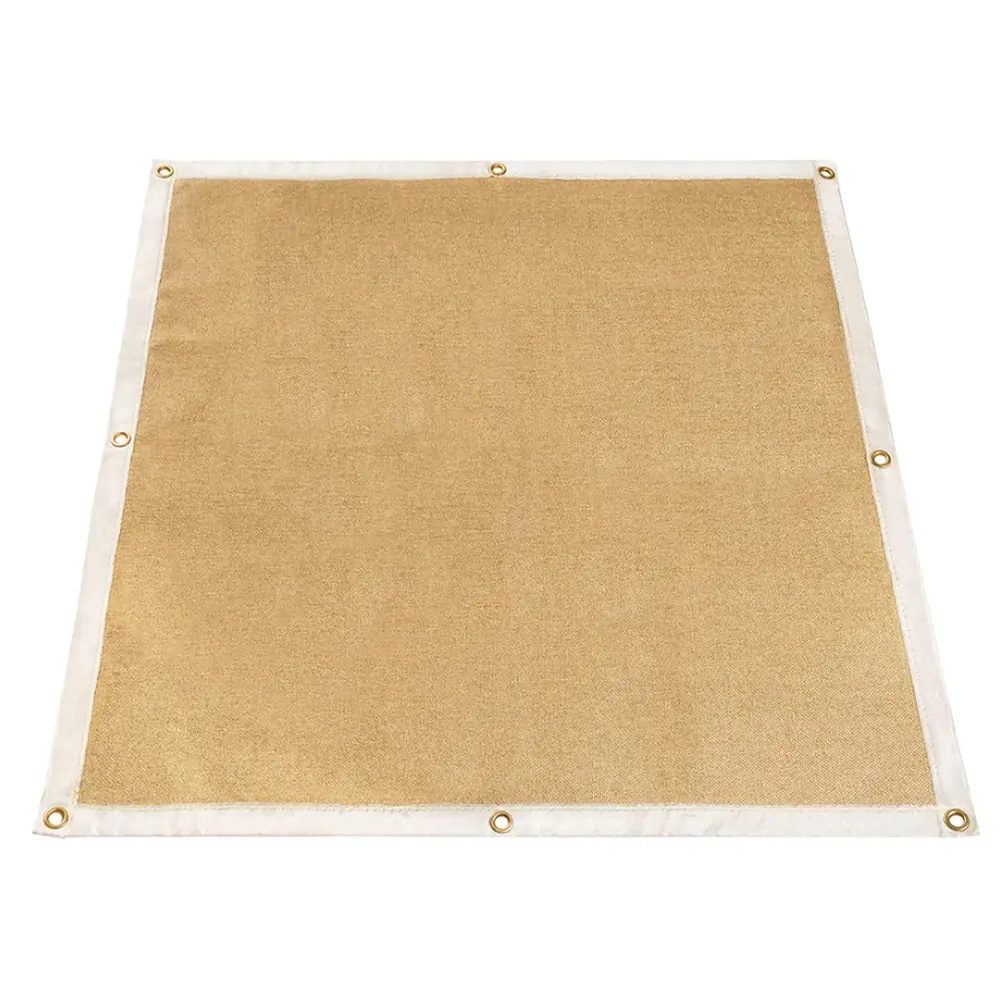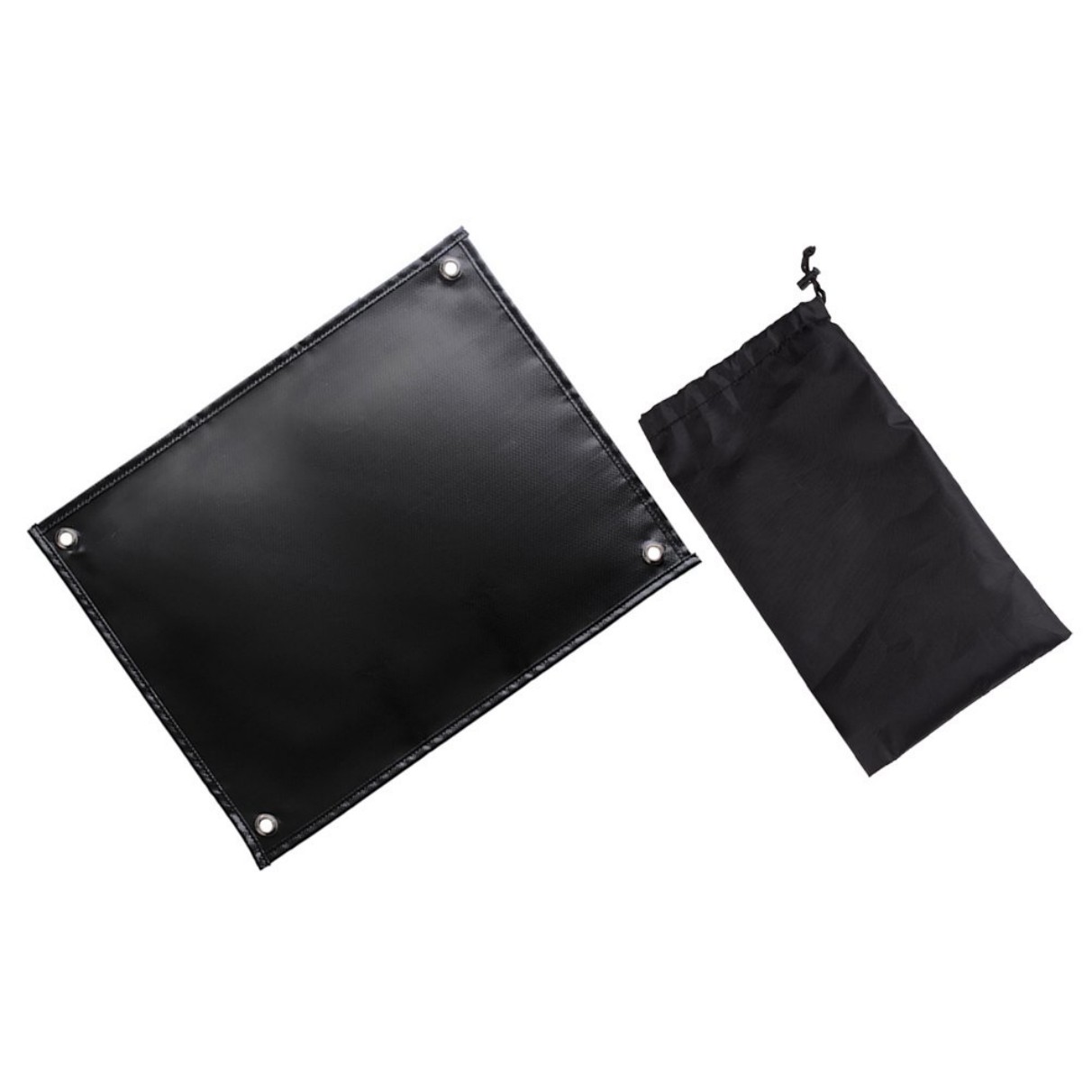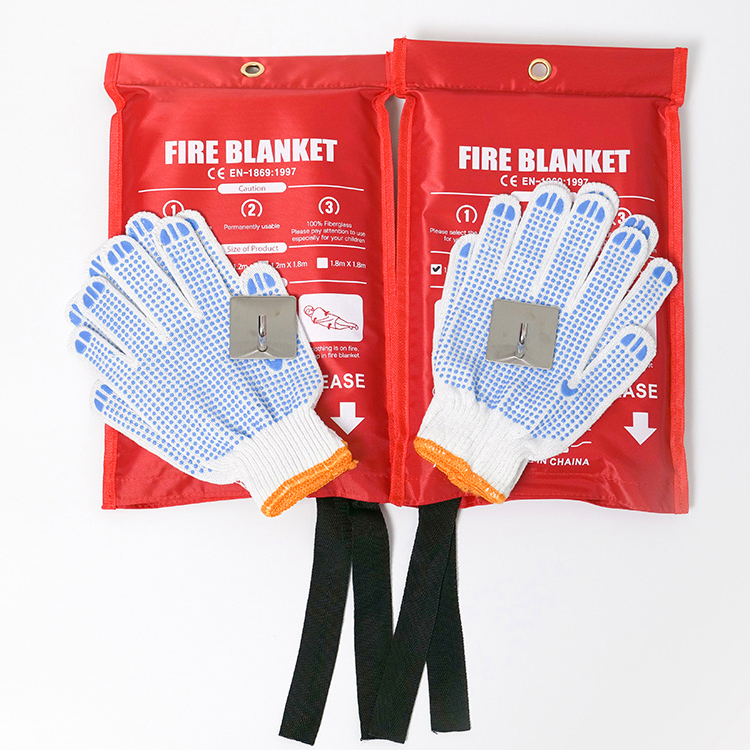Welding Fire Blanket: Essential Safety Gear for Every Welder
Summary:A welding fire blanket is a heat-resistant safety tool that protects against sparks and flames during welding. This guide explains its uses, benefits, selection criteria, and proper maintenance to enhance workshop safety.
What Is a Welding Fire Blanket?
A welding fire blanket is a specially designed safety device made from flame-resistant materials like fiberglass or silica. When you're welding, it serves as a protective barrier against sparks, spatter, and accidental fires. Unlike regular blankets, welding versions can withstand extreme temperatures up to 1800°F (982°C).
Why You Need a Welding Fire Blanket
Every welder should have at least one welding fire blanket in their workshop because:
- Fire prevention:It smothers small fires caused by welding sparks
- Surface protection:Cover nearby flammable materials to prevent ignition
- Emergency use:Can wrap around a person if their clothing catches fire
- Versatility:Useful for grinding and other hot work besides welding
How to Choose the Right Welding Fire Blanket

Not all welding fire blankets are equal. Consider these factors when selecting yours:
Material Composition
High-quality welding fire blankets use:
- Fiberglass with special coatings (most common)
- Silica fabric (higher temperature resistance)
- Vermiculite-coated materials (excellent insulation)
Avoid blankets with synthetic materials that might melt.
Size Matters
Standard sizes range from 3'x3' to 6'x8'. Choose based on:
- Your workspace dimensions
- The size of materials you typically weld
- Whether you need portable or stationary protection
Temperature Rating
Check the manufacturer's specified maximum temperature. For most welding applications, look for:
- MIG/TIG welding: 1000°F (538°C) minimum
- Stick welding: 1500°F (816°C) minimum
- Plasma cutting: 1800°F (982°C) recommended
Proper Use of Your Welding Fire Blanket
To get maximum protection from your welding fire blanket:
Placement Tips
- Cover all flammable surfaces within 35 feet of your work area
- Secure edges with weights or clamps to prevent lifting
- Overlap multiple blankets if needed for complete coverage
Emergency Procedures
If a fire starts:
- Turn off welding equipment immediately
- Smother flames by completely covering with the blanket
- Leave covered until completely cool (minimum 30 minutes)
- Never remove the blanket to check - this can reignite the fire
Maintenance and Care
Proper care extends your welding fire blanket's lifespan:
- Inspect before each use for holes or damage
- Clean with compressed air - never wash with liquids
- Store flat or rolled, not folded, to prevent crease damage
- Replace if you notice significant wear or reduced flexibility
Welding Fire Blanket vs. Other Safety Equipment
While welding curtains and screens have their place, a welding fire blanket offers unique advantages:
| Feature | Fire Blanket | Welding Curtain |
|---|---|---|
| Fire suppression | Yes | No |
| Portability | High | Low |
| Multi-purpose use | Yes | No |
| Coverage flexibility | Adjustable | Fixed |
Common Mistakes to Avoid
Even experienced welders sometimes misuse welding fire blankets:
- Using damaged blankets:Compromised materials won't provide full protection
- Wrong placement:Too far from the work area reduces effectiveness
- Improper storage:Moisture damages fire-resistant properties
- Overestimating capacity:Blankets can't control large fires

Conclusion
A welding fire blanket is one of the most cost-effective safety investments you can make. By choosing the right blanket, using it properly, and maintaining it well, you significantly reduce fire risks in your workshop. Remember - no welding project is so small that it doesn't require proper safety precautions.





